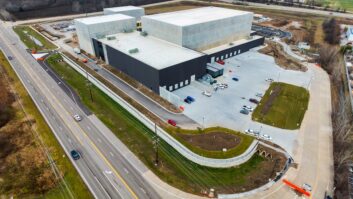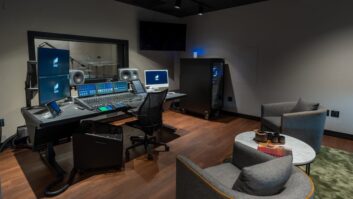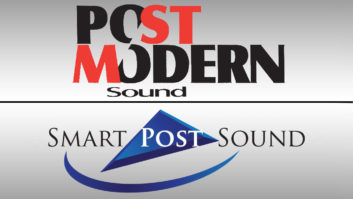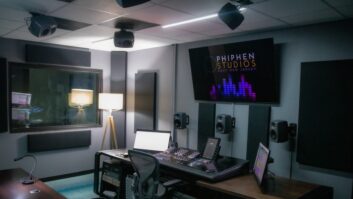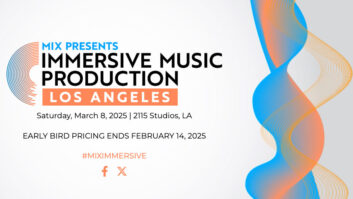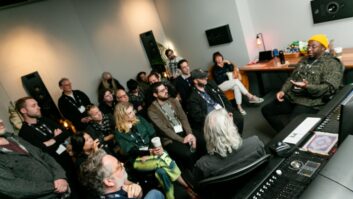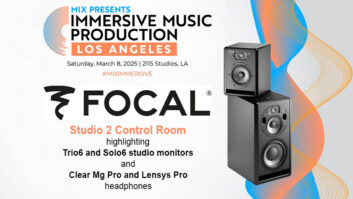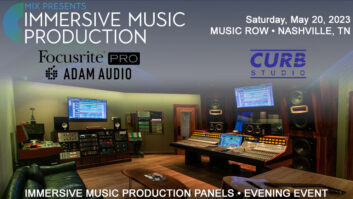Since its opening in 1940, the Disney Sound Department has created and mixed the sound for most of the classic animated and live action features produced by Burbank’s Walt Disney Studios. From Fantasia, Snow White, Cinderella and Mary Poppins to The Lion King, Aladdin, Flubber and Good Morning Vietnam, some of the most memorable moments in movie soundtracks were made on stages housed on the Disney lot. In recent years, the facility has also provided services for other studios and production companies, including work on Good Will Hunting, Pulp Fiction and Scream for Miramax, Rush Hour and Drop Dead Gorgeous for New Line and Inherit the Wind for Showtime.
The sound department comprises a number of separate buildings that contain three dubbing stages, the 425-seat Main Theatre, ADR and Foley stages, editorial, transfer, optical and telecine facilities. Off the lot on Victory Boulevard is another building where Stage 6, built as the company’s first all-digital stage, is situated, along with more digital and analog editing suites and a DVD audio mastering department.
Originally a scoring stage, the newly redesigned 65×45-foot Stage A is now the facility’s technological flagship, featuring an AMS Logic DFC console, a JBL 5674 three-way monitor system, Dolby SR.D, DTS and SDDS playback capability and multiformat analog/digital recording capability with Tascam MMR-8 and DA-98 digital multitrack recorders. Two digital audio workstation edit bays have also been added; both are visually and electronically connected to the main stage floor.
The centerpiece of Stage A is its re-recording console. The fully automated DFC has 84 faders, 200 inputs, 48 buses and an eight-way speaker matrix. Surround sound panning and eight-band dialog graphic or fully parametric equalization are available on every channel, as is dynamic control.
Terry Porter, a 13-year veteran of the department who is now creative executive director and lead re-recording mixer in the Main Theater, explains the process involved in the renovation of Stage A: “About three years ago, we decided to build Stage 6 in the Victory building as an all-digital room, with the idea of both making a working facility and doing research and development for Stage A. A Logic 2 audio console, which is an all-digital board and the precursor to the DFC, was installed, and we did a lot of experimenting with hard drives and other digital formats. The L2 worked out well and led to the commitment to the DFC, and we determined that for us the Tascam hard drives best completed the process of the digital path. We still have analog dubbers and 24-track recorders in Stage A if they’re needed, but we have the capability of maintaining 100 percent digital signal path.”
“Stage A has long been recognized for its superb acoustical properties,” adds Chris Carey, vice president of post-production services. “We’ve maintained those acoustical conditions but have taken the technology, aesthetics and ergonomics of the facility to a completely new level. Combining creative talent like re-recording mixers Elliot Tyson and Tom Dahl with this innovative new facility offers filmmakers that come to Stage A the perfect blend of art and technology. This is another significant step along the continuing path of advancement in the post-production sound process. Stay tuned for more to come.”
